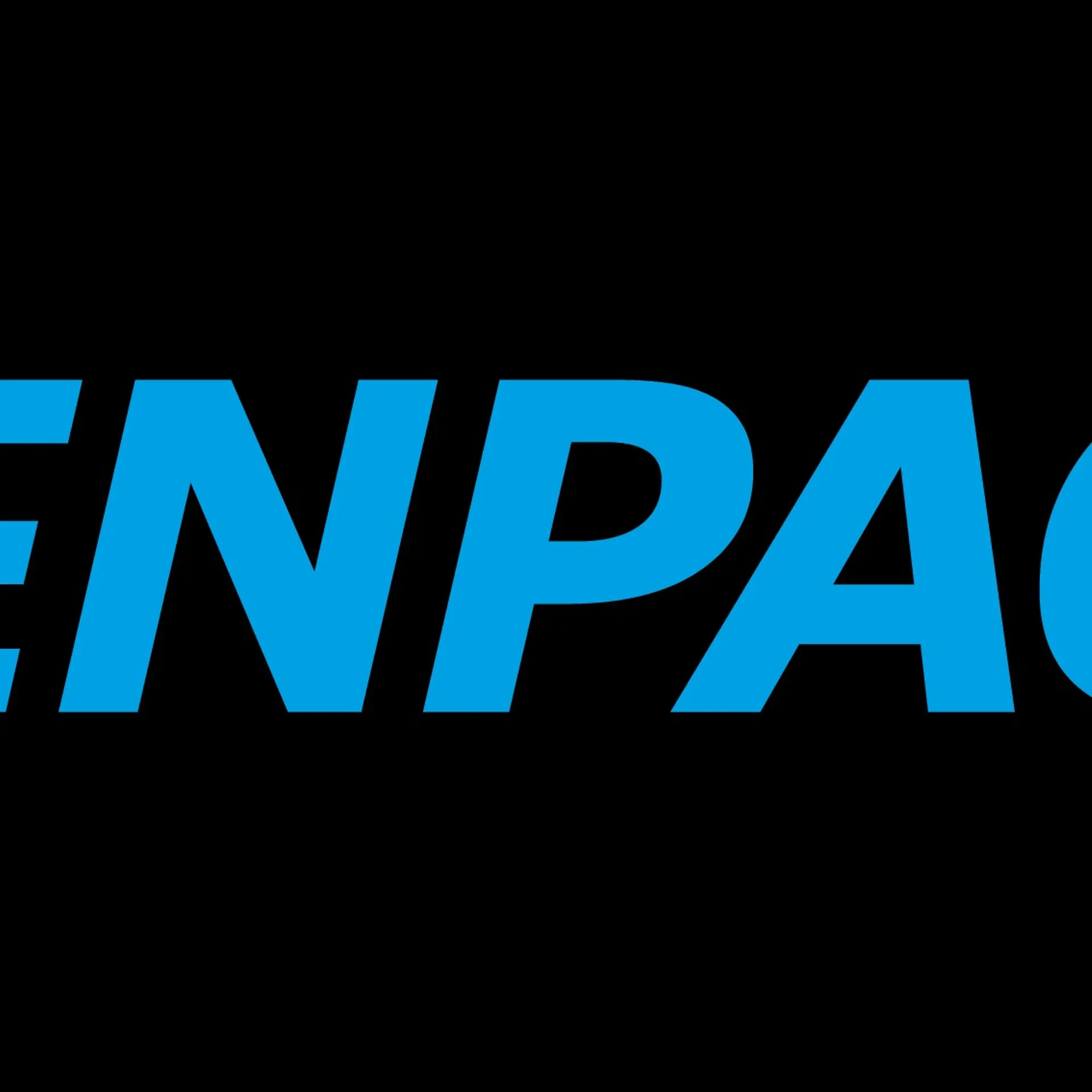

How A Quality Assurance Tool Reduces Time To Market?
In this story, you will learn about the benefits of using a quality assurance tool and how using a tool can improve the product and reduce its time to market. It also aligns to the end goal of the product development- releasing high-quality software.
A software quality control process includes all the activities and test done to check whether the product meets its client needs or not. It validates the output with the expected output before releasing the final product.
This process starts with testing until all the bugs and errors get fixed in the code. The has to be maintained even after releasing the product to ensure client satisfaction.
There are two levels of Software Quality:
Functional: Anything which checks the functional aspect deals with its practical usability. It checks and verifies the features, performance, and easy access and fewer defects in the system.
Non-Functional – Anything non-functional deals with the system’s architecture and characteristics. It deals with the structure of the code to verify it on various quality parameters such as maintainability, understandability, efficiency, and security.
Software quality has features such as:
Explicit: To be clearly defined by the tester.
Implicit: Not defined clearly but suggested indirectly.
Requirements: Important points to be defined at the business, product, or software level.
Expectations: Defines end-user expectations.
Four steps that are the basis of quality are:
Plan: It includes planning and establishing the related objectives to determine the process quality and delivering high quality of the product.
Do: It includes all the changes in the process and how to manage and maintain them.
Check: Tracking and modifying the processes, and check whether it meets the set requirement objectives.
Act: It implements actions and improvements in the processes.
A QA team has a lot to do in strict timelines and tight delivery schedules. A performance tool can simplify and streamline their task and makes it efficient. The tool also reduces the complexity of the entire process of control and maintenance.
Why maintaining Quality is highly important?
Maintaining quality is a process of continuous improvement, which is required to skip penalties of the system’s failure. Quality of software under test is essential to stay competitive in this leading IT industry. Every developer and tester focus on working hard to deliver a great product beyond the client’s expectations and demand. Quality involves regularly checking the process and practices to ensure there are no bugs or errors in the system. Continuous improvement also helps in reducing the number of defects and their frequency over a while.
What is a QA tool?
A QA tool provides comprehensive quality management at each step starting from requirements management, test case management, and bug reporting. It also increases the productivity of the entire team as it offers a list of benefits to the whole software development team.
• It enhances the efficiency of the entire QA team
• It improves product performance by updating and maintaining things.
• It reduces the cost of rework by removing redundancies.
• It enhances communication and collaboration in the team.
• It brings more confidence in the team for product development.
• It saves money.
• It is profitable for the entire project.
• It brings convenience in the workflow of the project delivery.
Investing a stand-alone tool to maintain software’s quality is a significant decision for a QA analyst to make. Here is the list of features to brief you about the benefits of using a testing tool:
Usability: A tool which is easy to use and helps in achieving quantified goals adds usability in your SDLC.
Flexibility: A tool brings efficiency in the process by providing customizable templates that can be changed as per project needs. You can customize the test case templates or requirement template to suit your business requirements.
Effectiveness: A tool promotes efficiency in the process by managing and streamlining actions for the quality control process. The tool reduces the errors in the product and ensures it gets delivered on time.
Extensibility: A tool provides extensibility by updating and maintaining. It also requires a central repository which can be accessed by the entire team. It becomes convenient for the whole team to track the changes at one central repository.
Maintainability: A tool can assure you to keep track of every small change that takes place on a real-time basis. It always gives you an updated version to work upon. A QA tool also reduces all confusions and ambiguity from the project management process.
Scalability: Opting for a tool which can accommodate any change in demand yields a high-performing software. A Cloud-based tool is scalable and adapts to the changing needs of the project.
Accessibility: A tool reduces the rework by using the same code for the same set of test cases. It decreases time wastage and streamlines the entire process for the Team.
Robustness: The tool also offers robustness by allowing you to gain actionable insights in reports. Having a tool in place helps in reducing the bugs and issues which could snowball to become system failures.
A tool also provides end-to-end project management and reliability at every step of the Software development life cycle.
Hope I’ve got all the points to convince you about the benefits of getting a tool. If you have another point to add then feel free to leave a comment in the box below.







